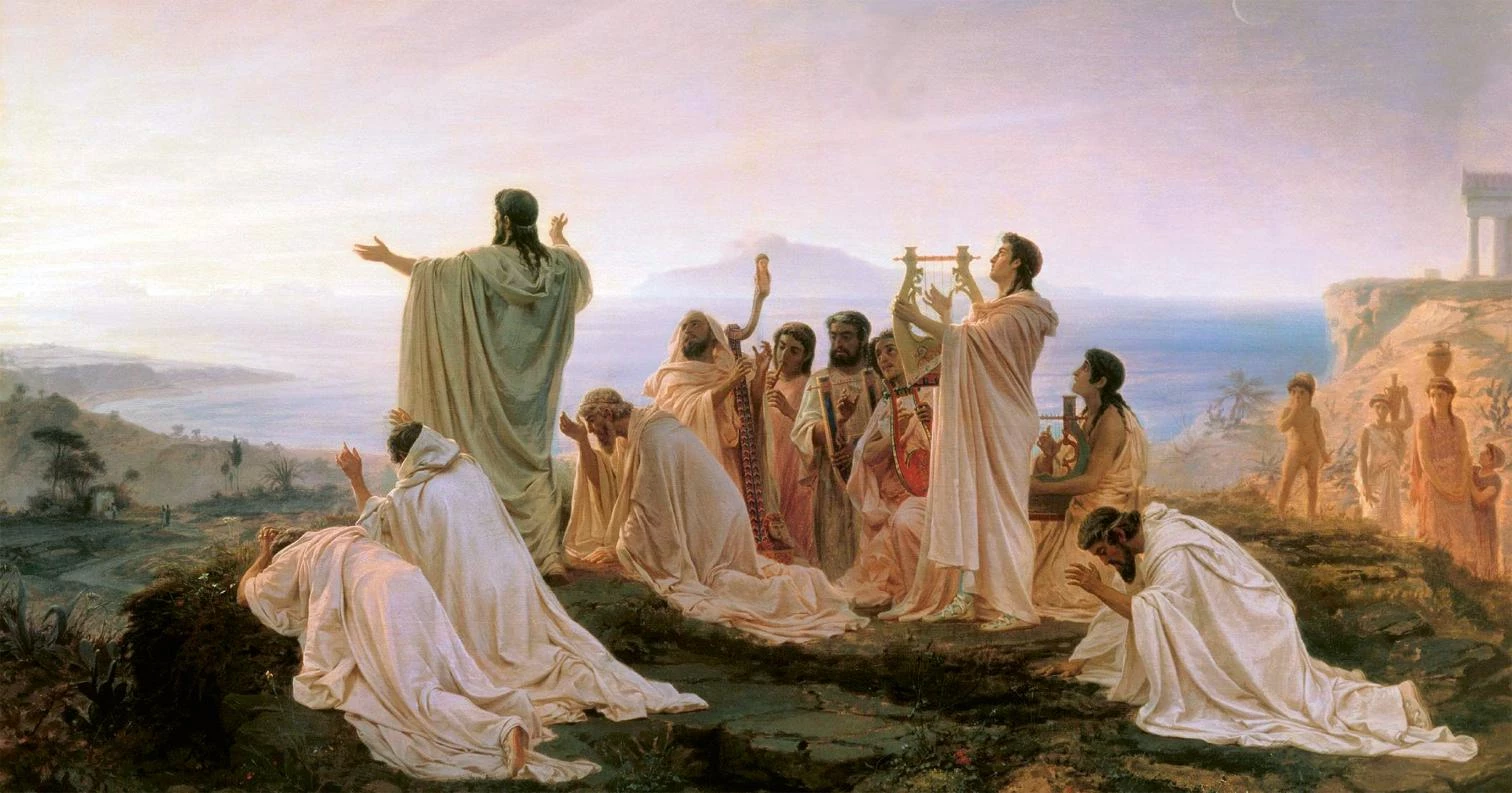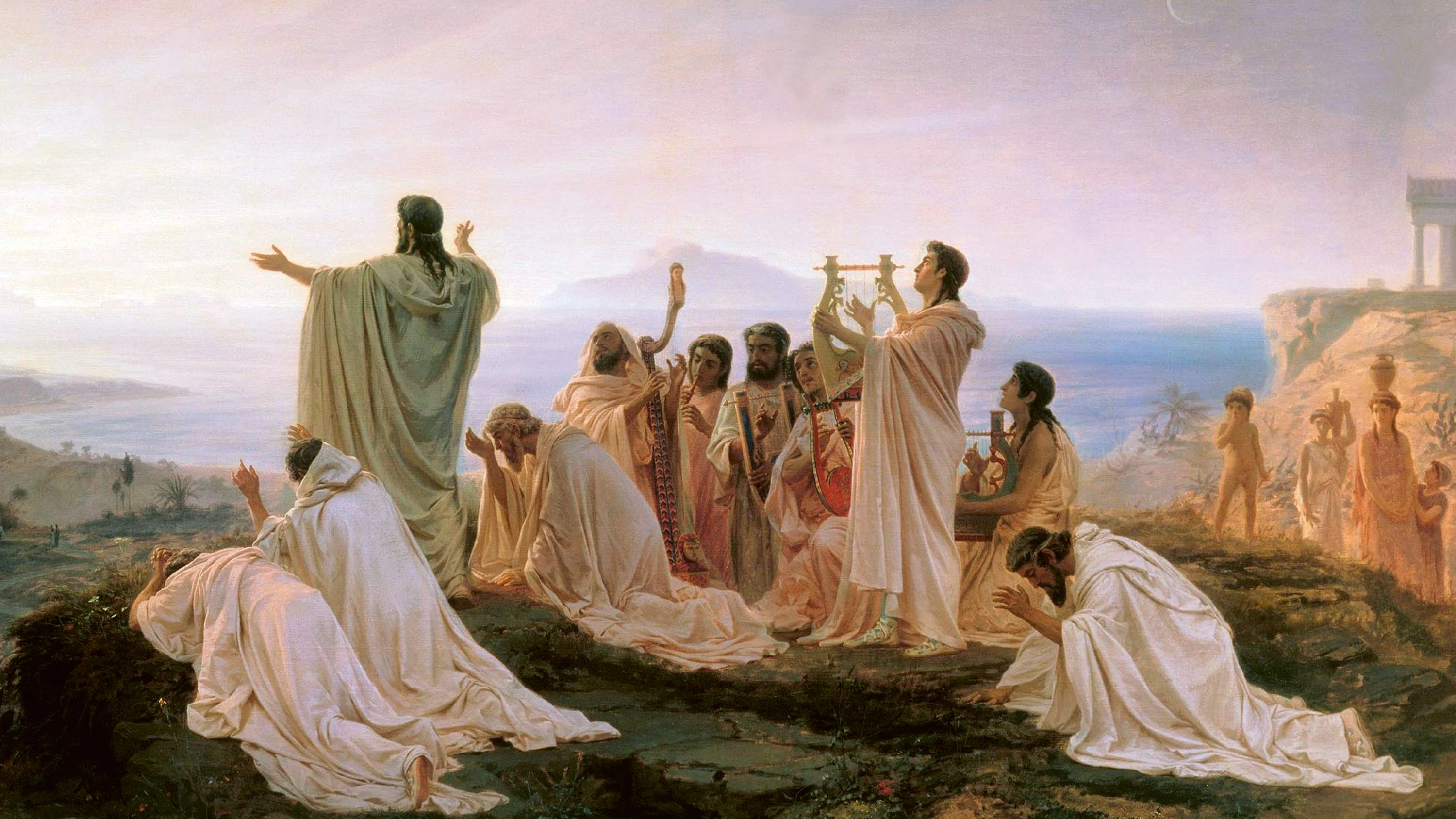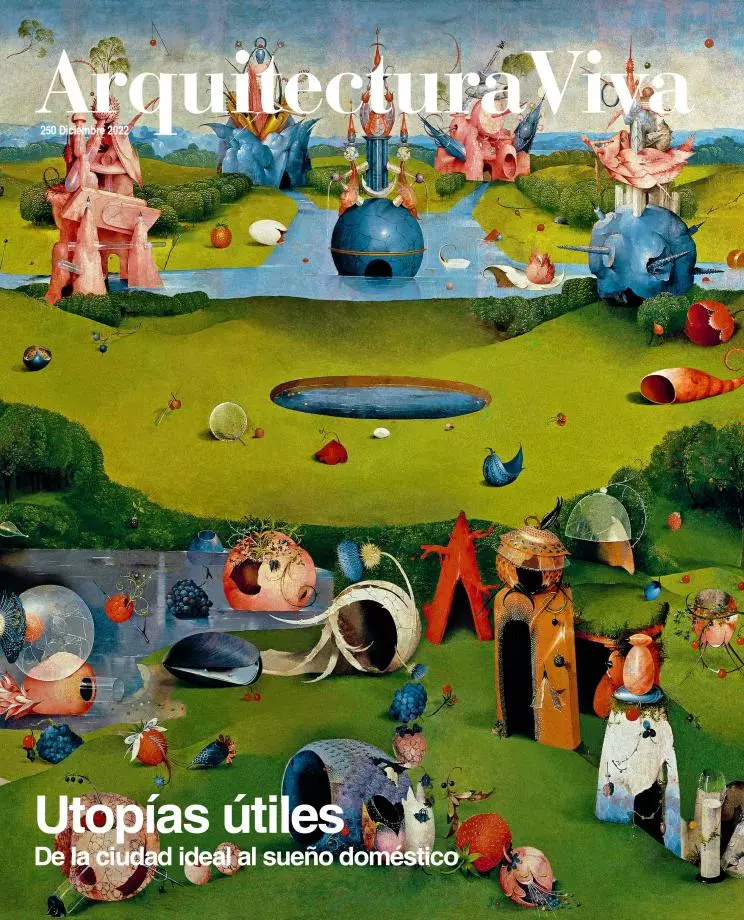
What led some young Frenchmen soon after the Revolution to start wearing Greek togas and then withdraw themselves from society to live in a dilapidated monastery? What made a group of Prussian students swear an oath together, let their hair grow long, wear long tunics, and move to an Italian monastery wanting to live like medieval monks? What led various artists in England to found a Pre-Raphaelite Brotherhood, and soon after, four women friends in England to state that they were Sisters in Art? What was behind William Morris’s desire to belong to brotherhoods? In what way did this drive end up leading to socialism? How were elements such as spirituality, friendship, gender, sexuality, and political ideas linked in a collective project? Can art change personal relationships and the ways of life of those who practise it, beyond constituting an occupation? Is this the meaning of the artists’ collectives? What role do they have within what we could begin to consider as the history of a longstanding counterculture? These unresolved questions have guided me through the history of the first type of artists’ collective: the so-called ‘artistic brotherhoods.’..[+]






